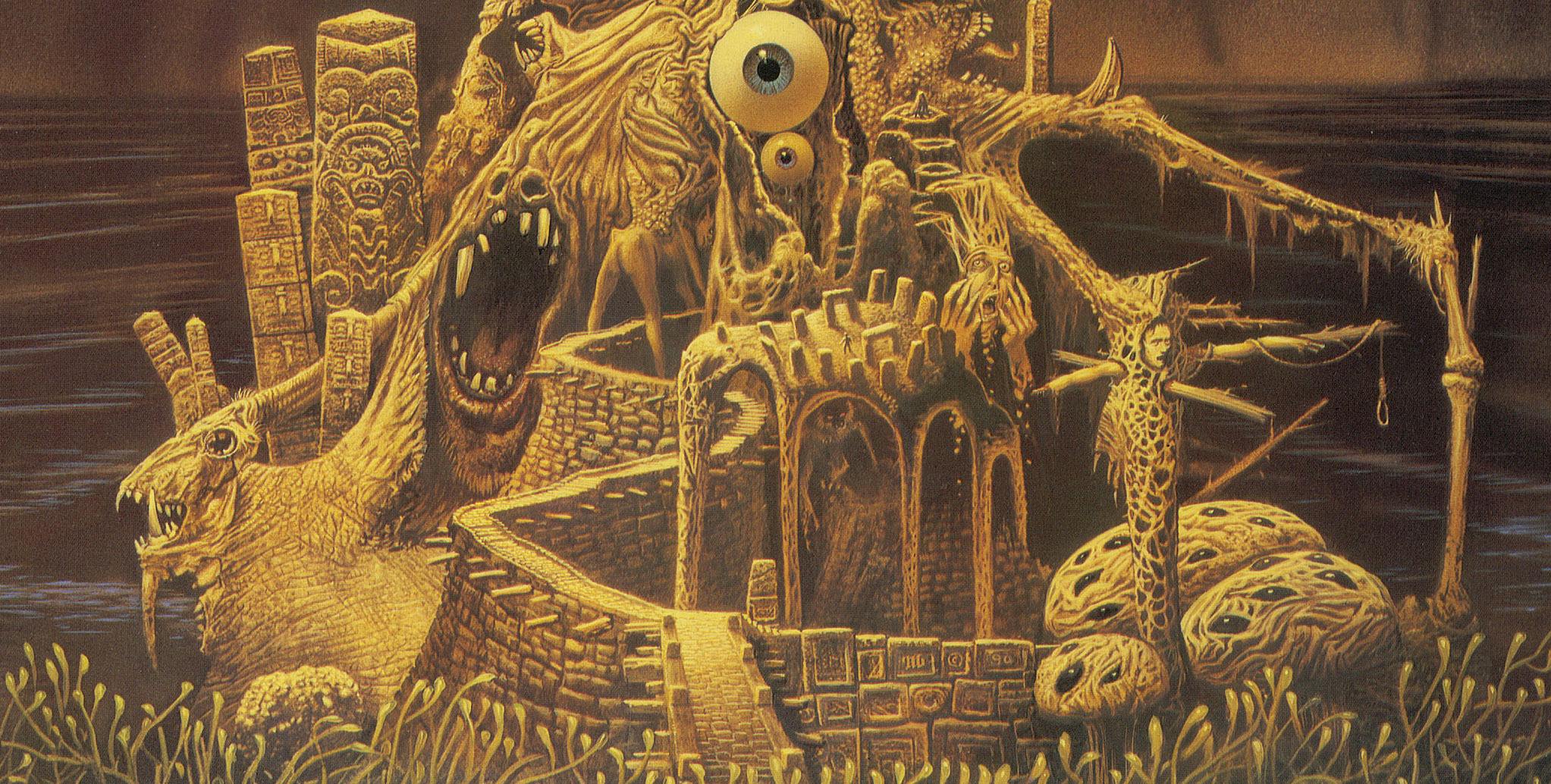With Scott at the helm once more, the band were afforded the luxury of taking their time with Arise in a proper studio. Scott had traveled to Brazil for Beneath The Remains, offering the band a huge discount because he was curious to see the country, but this time Sepultura came to him, recording at the legendary Morrisound Studios, in Tampa, Florida. By all accounts, he and drummer Igor Cavalera spent a week getting the drums to sound just right. The album was mixed at Quantum Sound Studios in Jersey City, New Jersey by Andy Wallace, who would later produce Chaos A.D.
So, yes, Arise, is a better album. Perhaps not their best, but, like we said, certainly the most important.
“Arise was definitely the band's most important release,” agrees Monte. “It was where their relationship with Andy Wallace began, and continued through to Chaos A.D., Roots, and even the first two Soulfly albums. It was the album where the true, modern Sepultura sound began, and it became the foundation for all the music to follow.”
Just one day after they'd finished recording the record, Sepultura set off on a world tour that would span some 220 shows in 39 countries over the course of two years. Despite MTV's refusal to air the video for the title track, due to its seemingly blasphemous content – several gas-masked Jesus characters being crucified – the band went from strength to strength. They bagged their first Kerrang! magazine cover in June '91, were the first Brazilian band to play Russia, and the first to play Donington, and Dynamo Festival in Holland. Not to mention headlining Rock In Rio and two colossal stadium shows in Indonesia, playing to 100,000 people.
The year was marred by an incident in Sao Paulo, where the band played a free show. Local police expected maybe 10,000 fans, but instead an estimated 40,000 showed up and ran out of control. Six people were injured, 18 arrested, and one fan was murdered with an axe. But even in the face of this tragedy, there was no stopping the monumental rise of Sepultura.
“I think that out of all of the Sepultura stuff, probably Arise is the closest to my heart,” said Max, some years later, also stating that the title track is one of his favourite songs to play live. “I really love the energy of this song. It’s about war, and it’s really powerful. And I love the chorus: ‘Under the pale grey sky / We shall arise.’ Of course it came from U2’s Under A Blood Red Sky. I totally rip off U2 there. But don’t tell anyone.”
Read this next:
